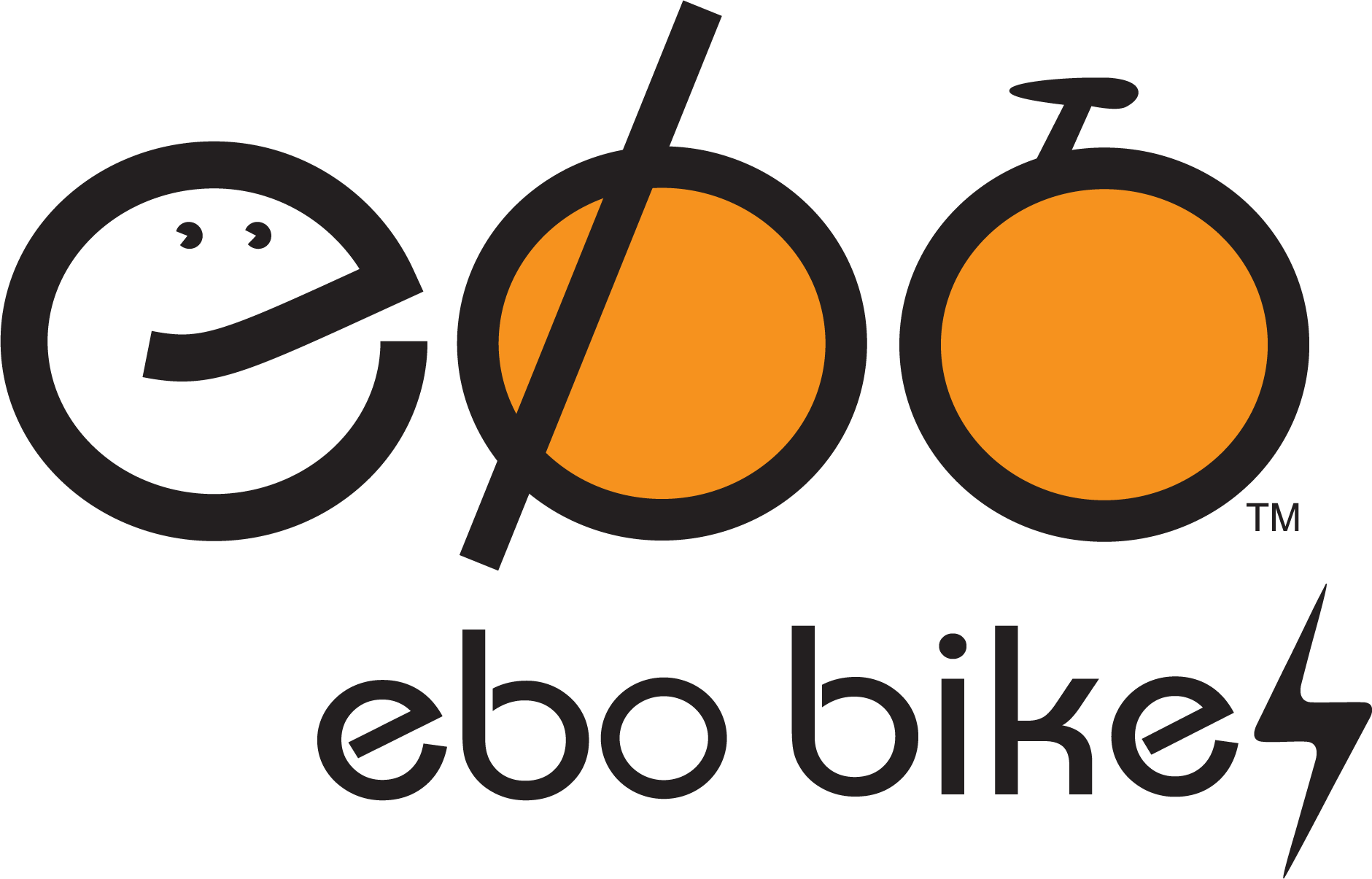PAS + Gear Selection; Optimising your Range and Efficiency.
I think everyone taking any interest in Ebikes will soon have found out what PAS stands for, but for the record, it’s Pedal Assist System. Fundamentally it’s a magnetic power assistance switch, triggered but pedal shaft rotation. When the rider rotates the pedals, bike goes brmm brmm. How much brm brmm depends on the power setting one has selected on the Speed controller up there on the handlebars (usually LCD screen.)
Power is usually on scale of 1-5, although I’ve seen 1-7 . 1 is very low, often gimmickly called “Eco” ( which stands for “Economy”, not “Ecology”, despite the marketing rumours). However, this is certainly the most battery reserve-efficient mode, because the rider will be contributing probably about 50% of the power the bike is enjoying.
To explain.. let’s say you’re riding a 350W Ebo*…. Powers 1-5 are in 20% increments of 350 Watts. Power 1 is 70W, Power 2 is 140W, Power3 is 210W, Power 4 is 280W, and Power 5 is 350W *.
Because your average active ( though relaxed) adult can ride comfortably at around 80W of their own Weetbix power, in Power 1 without blowing the foo-foo valve or raising a sweat, you’ll be cruising along contributing 50% of the power the bike’s total performance. Therefore you are doubling the bike’s efficiency, and it is doubling your efficiency. Everybody wins! Doing this doubles the range of the bike from a pure throttle-assisted mode. It comes close to 2.5 times the range when climbing, and it takes huge loads off the motor and electrics. If you have thumb throttle or not, this is what is happening down there in the brmm brmm department. So, if you like range and reduced wear and tear, ALWAYS PEDAL ASSIST YOUR BIKE.
And here’s where gear selection becomes so important. It is easy with high torque motors like Ebo’s to just let the motor do the job, and simply pedal at whatever rate. However, by pedaling at the correct gear ratio, you’re taking a load off the motor and reduction gears... This is true about Mid-Drive(torque-sensored) bikes, and hub drives, in slightly different ways, but the different ways are frankly semantics. The guts are; Use Your Gears.
IMHO the ideal pedal cadence for the casual rider is around 70 RPM…. When you hit a hill, go down a gear as you feel the bike slow down and motor load up.. your pedal cadence will stay similar as you go to lower gears/steeper gradients as the bike slows down. Go to higher power setting as the bike slows, if you want to go up fast, ALWAYS actively Pedal Assist your bike on any rise. There is no downside to this, in efficiency, mechanical and electrical wear and tear, battery range, and the sheer pleasure of feeling like a “climbing god” bike rider.
GoldiLocks Pedal Cadence… not too fast, and not too slow… you’ll soon realize what’s comfortable. But.. do look for some pedal load.. that’s when you know you’re assisting the entire efficiency of the system.
So… to get the most out of your battery and motor, and the most Joy from your E-biking - Actively apply pedal assistance, to whatever pedal cadence rate is comfortable for you. The cadence is decided by the gear you’ve selected, but don’t over-gear, because you’ll over-work.

